Where is Tanzania Located in Africa?
Tanzania is a country located in East Africa, bordered by Kenya and Uganda to the north, Rwanda, Burundi, and the Democratic Republic of the Congo to the west, and Zambia, Malawi, and Mozambique to the south. It also has a coastline along the Indian Ocean to the east.
To find Tanzania on a world map, you need to look for the eastern coast of Africa. It is situated just below the equator, between latitude -6.3728253 ″ S, and between 34.8924826 ″ E longitude. The country is divided into several regions, including the island of Zanzibar, which is located just off the coast of the mainland.
Tanzania gained independence from British colonial rule in 1961 and is now a democratic republic. It is a member of the East African Community and the African Union. The country has a population of over 61 million people, who represent a variety of ethnic groups, including the Sukuma, Chagga, and Maasai.
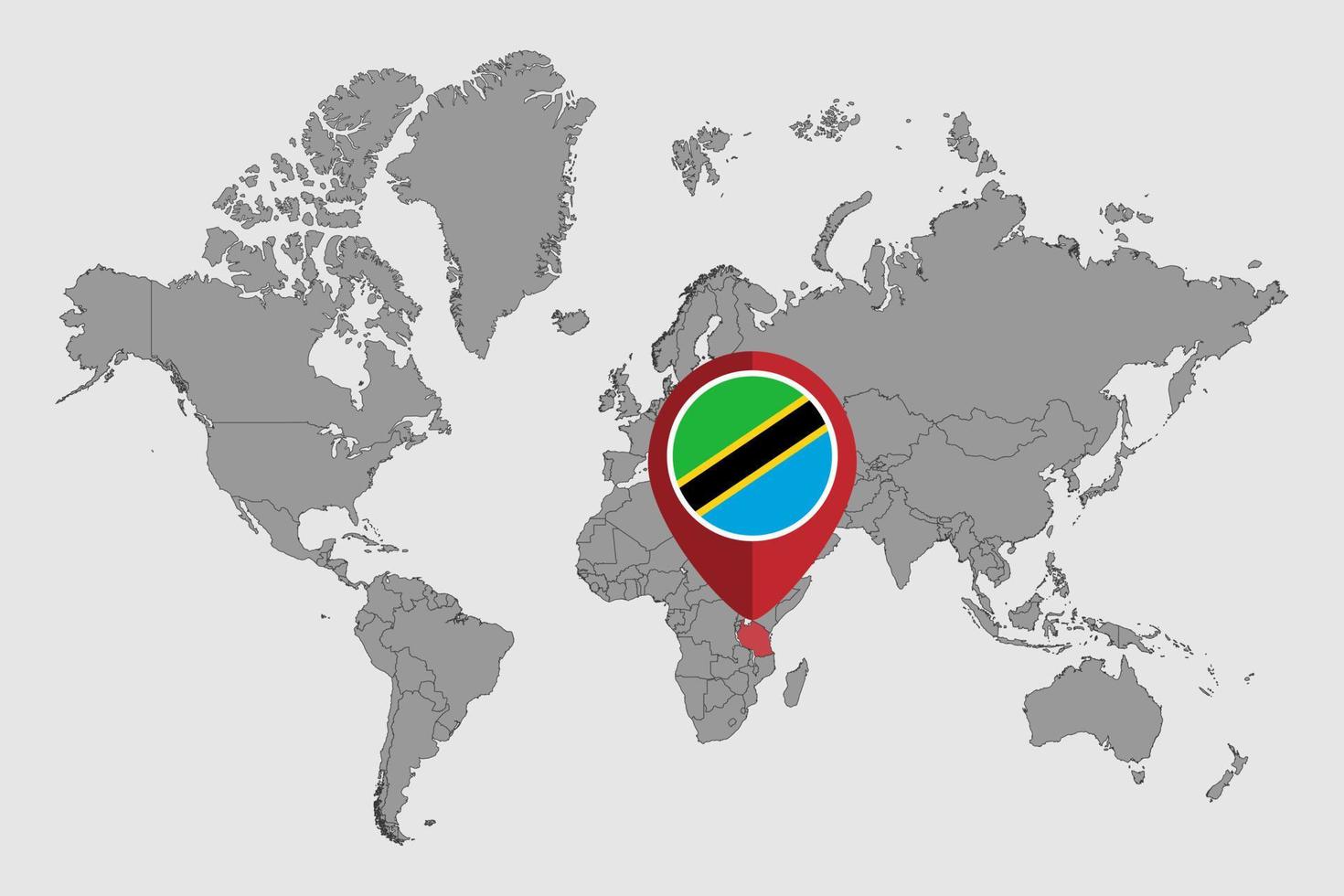
Where is Tanzania Located Geographically?
Geographically, Tanzania is positioned on the eastern coast of Africa and lies just south of the Equator. It has a diverse landscape that encompasses the eastern branch of the East African Rift Valley, the largest freshwater lake in Africa (Lake Victoria), and the highest peak on the continent (Mount Kilimanjaro). The country has a total area of about 947,300 square kilometers, making it the 31st largest country in the world.
The capital city of Tanzania is Dodoma, located centrally within the country, although the major economic and cultural hub is Dar es Salaam, situated on the eastern coast along the Indian Ocean. The country has a long coastline that spans approximately 1,424 kilometers, providing access to the Indian Ocean and serving as a gateway for international trade.
Tanzania is known for its rich biodiversity and natural beauty, with numerous national parks and conservation areas. The famous Serengeti National Park, Ngorongoro Conservation Area, and Mount Kilimanjaro National Park are just a few examples of the country’s exceptional natural attractions. These areas are home to a wide variety of wildlife, including elephants, lions, leopards, giraffes, and wildebeests.
In addition to its natural wonders, Tanzania is a culturally diverse country with more than 120 ethnic groups. The largest ethnic group is the Sukuma, followed by the Chagga, Ha, and Gogo. Swahili is the official language, while English is widely spoken, especially in government, business, and tourism sectors.
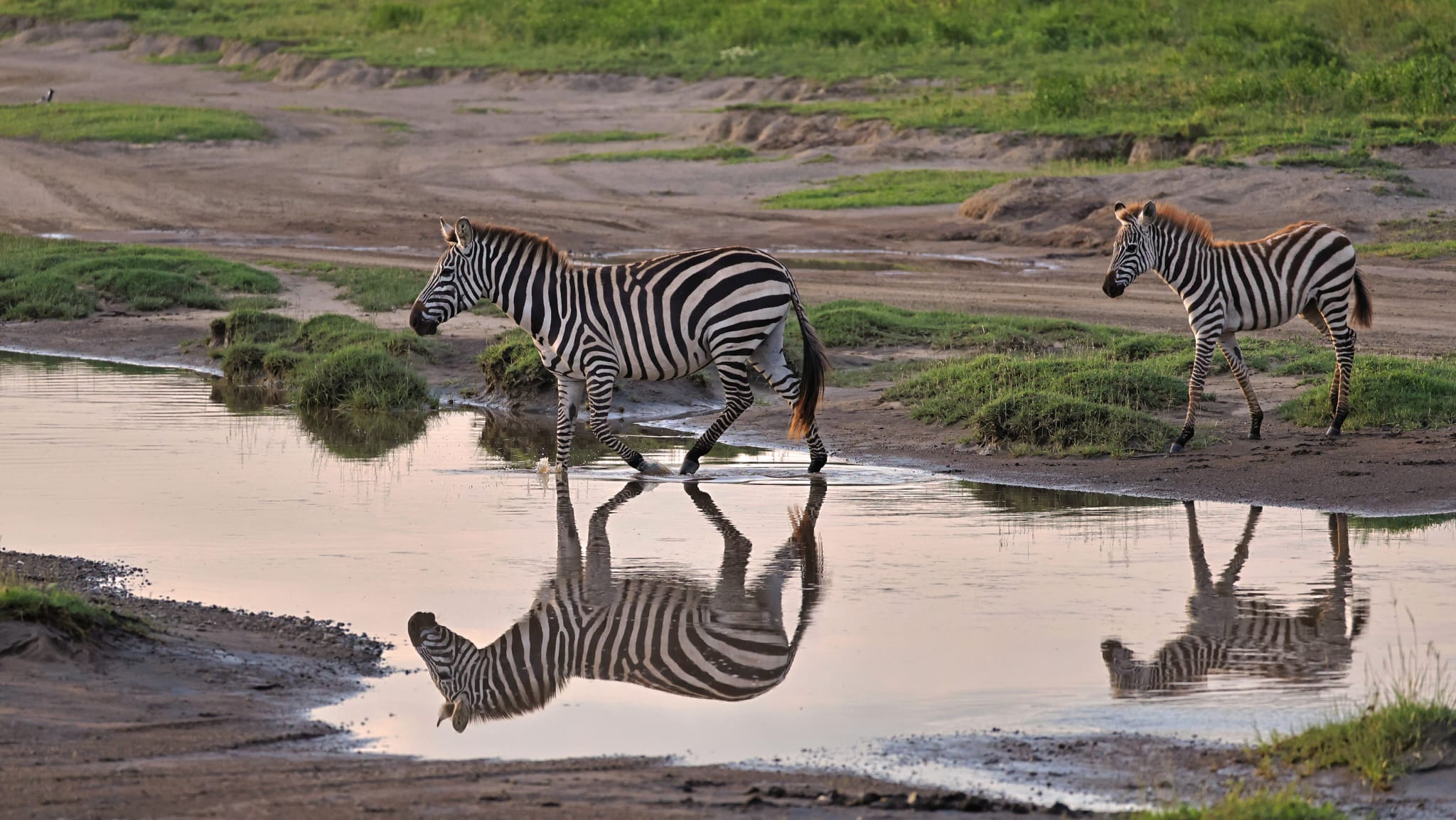
Climate Zones and Topography of Tanzania
Tanzania is known for its diverse climate zones and unique topography. The country experiences a wide range of climates, from tropical to temperate, depending on the altitude and geographic location. This is primarily due to its size and the variation in topography across the country.
The coastal regions of Tanzania, including the popular tourist destination of Zanzibar, have a tropical climate with high temperatures and humidity. The average temperature in these regions ranges from 25 to 30 degrees Celsius (77 to 86 degrees Fahrenheit) throughout the year. The coastal areas also experience two rainy seasons: the long rains from March to May and the short rains from November to December.
As you move inland, the climate transitions from tropical to a more temperate climate. The central plateau, which includes the capital city of Dodoma and the largest city, Dar es Salaam, has a milder climate with temperatures ranging from 20 to 25 degrees Celsius (68 to 77 degrees Fahrenheit). This region experiences a single rainy season from November to April.
The northern highlands of Tanzania, including the famous national parks of Serengeti and Ngorongoro Crater, have a cooler climate due to the higher altitude. These regions experience two distinct seasons: the dry season from June to October and the rainy season from November to May. The temperatures in the northern highlands can drop to as low as 10 degrees Celsius (50 degrees Fahrenheit) during the cooler months.
In terms of topography, Tanzania is characterized by a diverse landscape. The country consists of coastal plains along the Indian Ocean, a central plateau, and several mountain ranges, including the Eastern Arc Mountains and the Great Rift Valley. Additionally, Tanzania is home to many lakes, including Lake Victoria, Lake Tanganyika, and Lake Nyasa (also known as Lake Malawi).
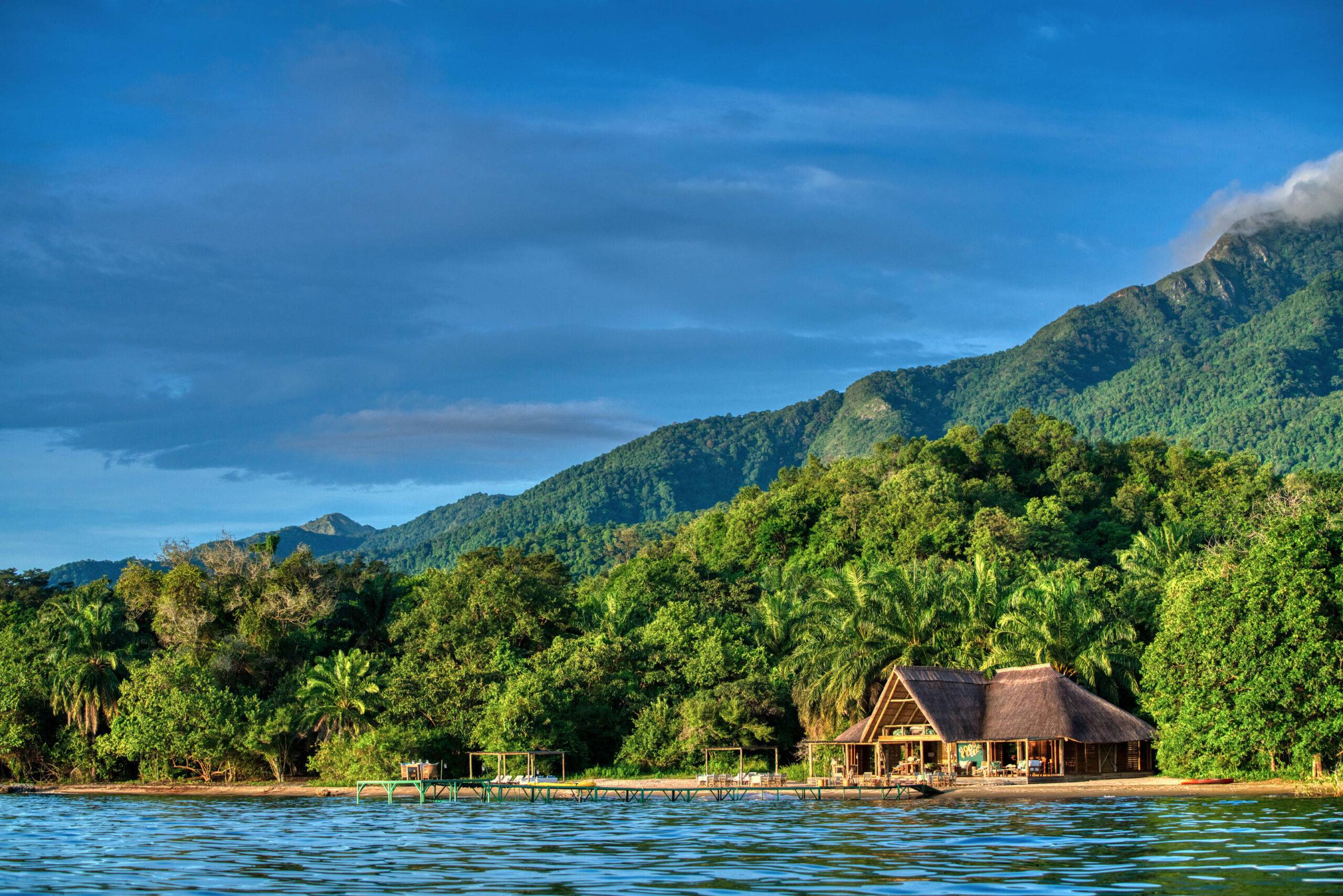
Interesting Facts about Tanzania
Tanzania, located in East Africa, is known for its rich culture, diverse wildlife, and stunning landscapes. Here are some interesting facts about this beautiful country:
Mount Kilimanjaro: Tanzania is home to Mount Kilimanjaro, the highest peak in Africa. Standing at 5,895 meters (19,341 feet) above sea level, this majestic mountain attracts thousands of climbers from around the world each year.
Serengeti National Park: Tanzania is also famous for its incredible wildlife safaris, and the Serengeti National Park is a must-visit destination for animal lovers. With its vast grasslands and abundant wildlife, including the famous wildebeest migration, the Serengeti offers a truly unforgettable safari experience.
Zanzibar: Tanzania is also home to the beautiful island of Zanzibar, known for its stunning beaches, vibrant culture, and historic Stone Town. Visitors can relax on pristine white sand beaches, explore colorful coral reefs, and indulge in delicious seafood.
The Great Rift Valley: Tanzania lies within the Great Rift Valley, a geographical feature of immense significance. The valley stretches for over 6,000 kilometers (3,700 miles) from the Middle East to Mozambique, and its diverse ecosystems make it a haven for wildlife and stunning landscapes.
Lake Victoria: Tanzania is one of the countries that shares Lake Victoria, the largest lake in Africa and the second-largest freshwater lake in the world. This massive lake is not only a beautiful sight but also provides livelihoods for millions of people living in the region.
Kilimanjaro International Airport: Tanzania has one of the busiest airports in East Africa, Kilimanjaro International Airport. Situated near Mount Kilimanjaro, this airport serves as a gateway for tourists visiting the country’s national parks and attractions.
The Maasai People: The Maasai people are an indigenous ethnic group of Tanzania and Kenya known for their distinctive culture and traditional way of life. They are renowned for their vibrant red clothing, intricate beadwork, and unique style of dancing.
The Ngorongoro Crater: Located in northern Tanzania, the Ngorongoro Crater is a UNESCO World Heritage Site and is often referred to as the “Garden of Eden.” This extinct volcanic crater is home to an array of wildlife, including elephants, lions, and rhinos.
Tanzanite: Tanzania is the only place in the world where Tanzanite, a rare and precious gemstone, is found. This vibrant blue gemstone, which was discovered in the 1960s, is highly valued and is often used in jewelry.
Cultural Diversity: Tanzania is home to over 120 ethnic groups, each with its own unique language, customs, and traditions. This rich cultural diversity adds to the country’s vibrant and welcoming atmosphere.
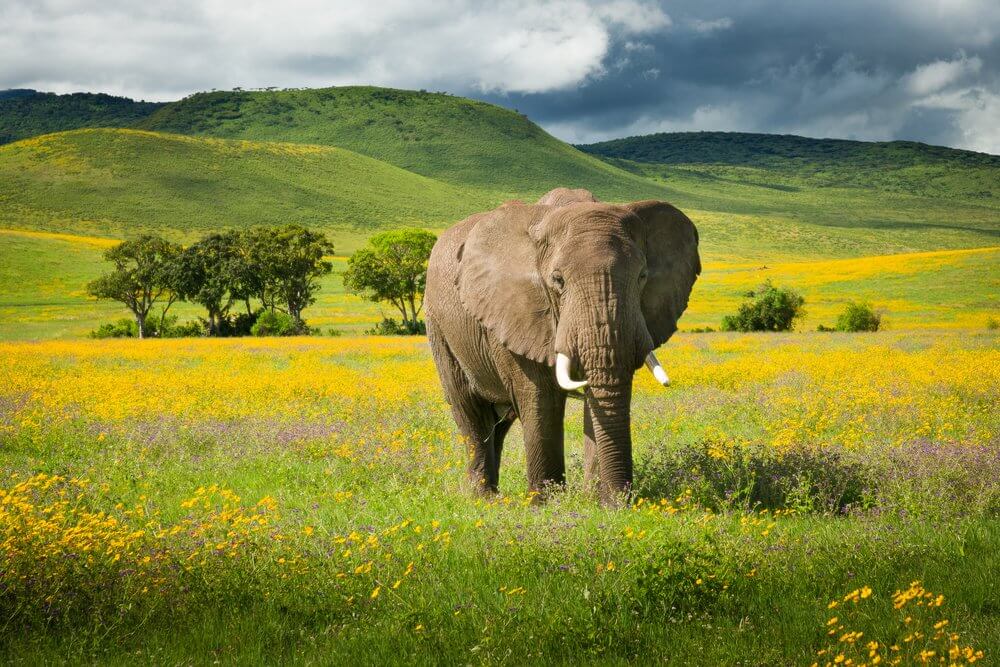
How to Get to Tanzania
If you are planning a trip to Tanzania, it’s essential to know how to get to this beautiful country.
By Air: The most convenient way to reach Tanzania is by air. The country has several international airports, with Julius Nyerere International Airport in Dar es Salaam and Kilimanjaro International Airport being the busiest ones. These airports are well-connected to major cities around the world, including Nairobi, Johannesburg, Amsterdam, Dubai, and Istanbul, among others. Several major airlines such as Qatar Airways, Emirates, Ethiopian Airlines, Turkish Airlines, and Kenya Airways operate regular flights to Tanzania. Domestic flights are also available to reach other parts of the country, including Zanzibar and the Serengeti.
By Road: If you prefer traveling by road, it is possible to reach Tanzania from neighboring countries. The most common entry points are the borders between Tanzania and Kenya, Uganda, Rwanda, Burundi, and Mozambique. However, it’s important to note that road travel can be time-consuming and may require permits and additional paperwork, depending on your destination. It is recommended to check the latest travel advisories and plan your route accordingly.
By railway:One popular road travel option is via the TAZARA railway, which connects Dar es Salaam in Tanzania with Kapiri Mposhi in Zambia. This scenic train journey traverses stunning landscapes, including the Selous Game Reserve and the Great Rift Valley, making it a memorable experience for travelers.
By Water: Tanzania is bordered by the Indian Ocean, making it accessible by water for those traveling by cruise ship or private yacht. The country has several ports, including Dar es Salaam, Zanzibar, and Tanga, which cater to cruise ships and cargo vessels. These ports are well-connected to other African countries and even international destinations, allowing travelers to explore Tanzania’s coastal areas or venture into neighboring countries by ferry.
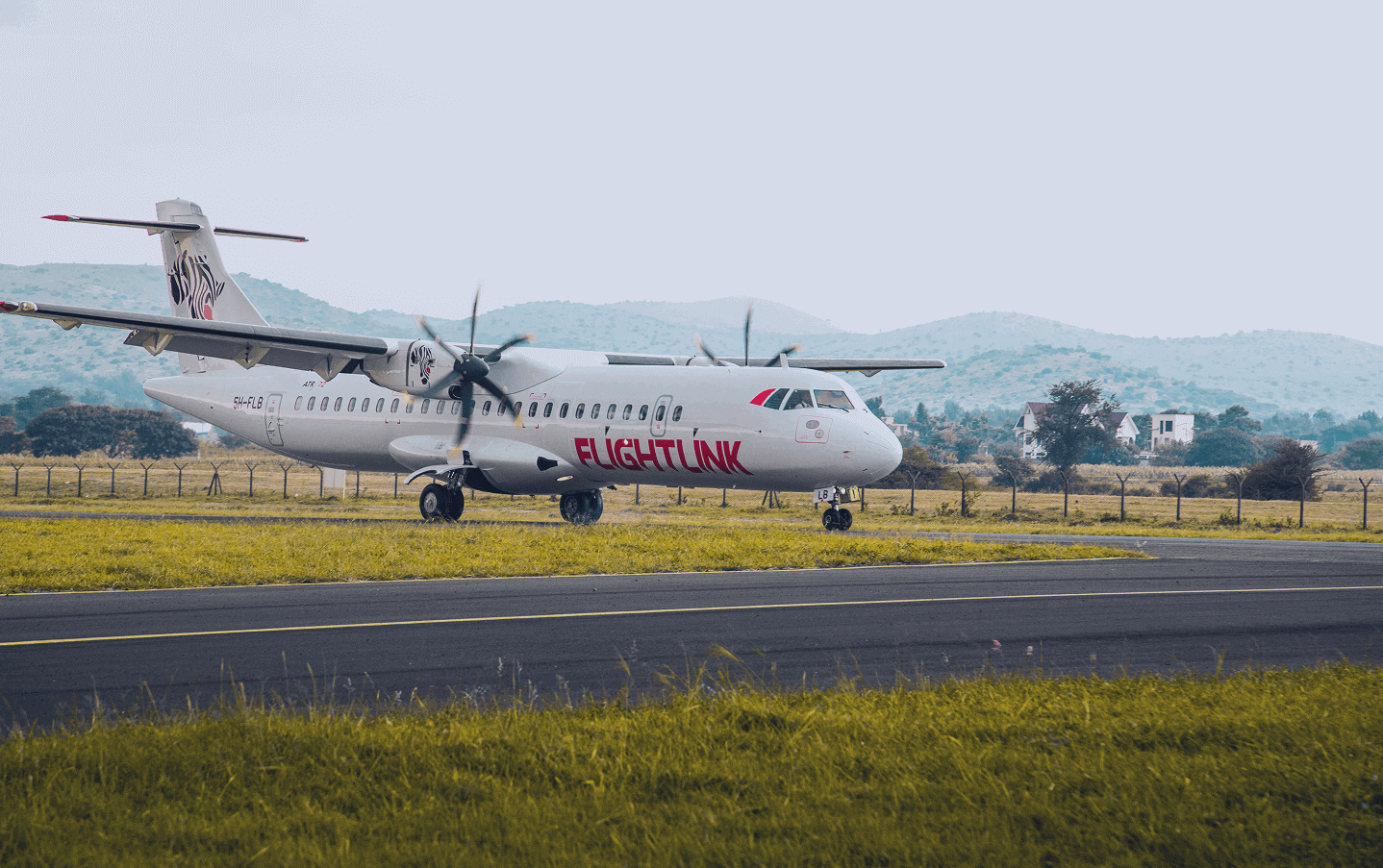
Entry Requirements
Before traveling to Tanzania, it’s important to be aware of the entry requirements. Most travelers will need a valid passport with at least six months of validity remaining. Depending on your nationality, you may also need a visa to enter Tanzania. Visas can be obtained online in advance or upon arrival at the airport or border. It is recommended to check the latest visa requirements before your trip to ensure a smooth entry into the country.
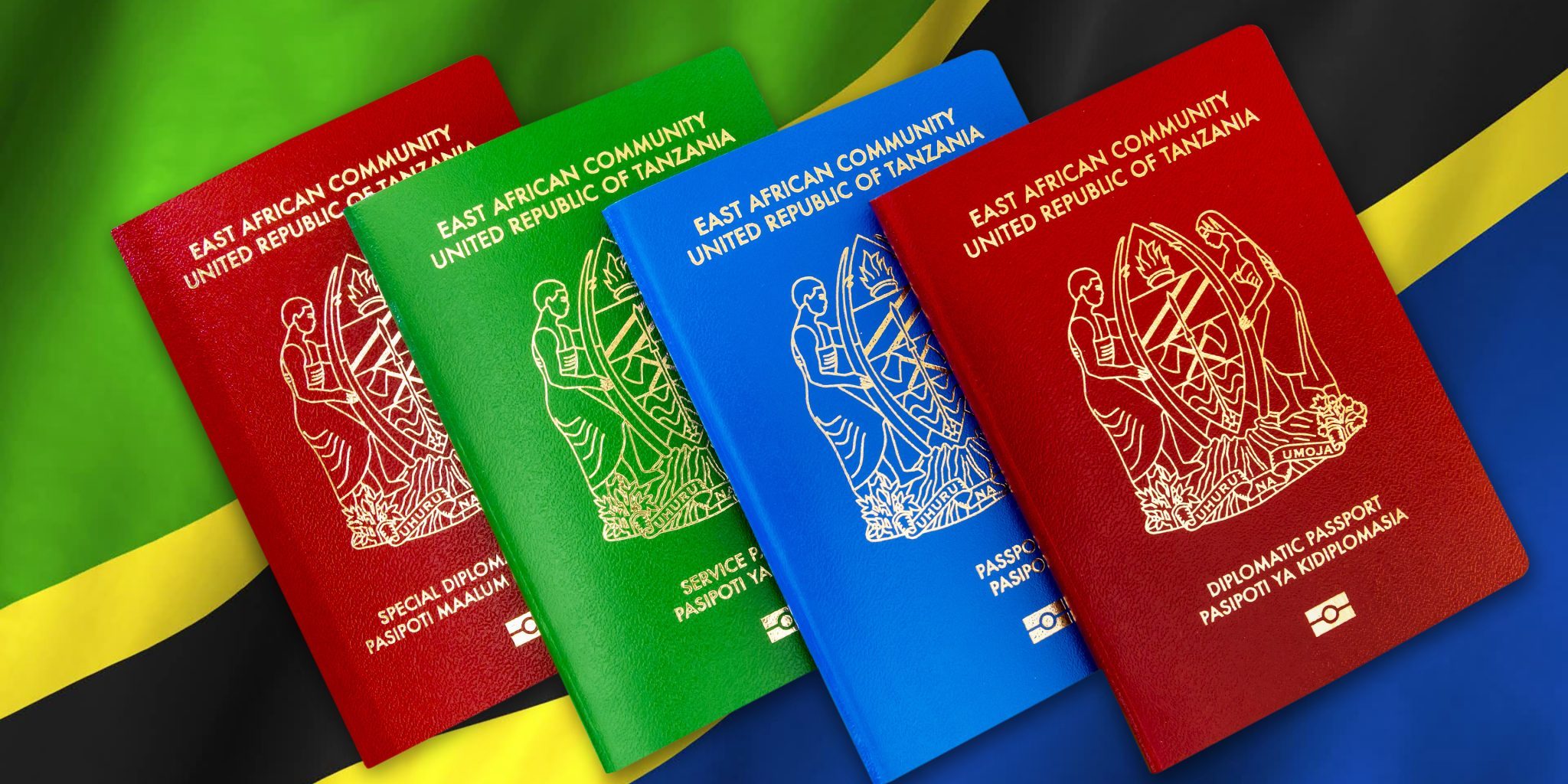
Ready to Book your Tanzania Safaris?
Our team of Tanzanian Safari Experts has more than 15 years of firsthand experience and knowledge in traveling Tanzania. Contact us now to create the perfect tailor-made itinerary that fulfills all your preferences and requirements. Read our TripAdvisor Reviews

